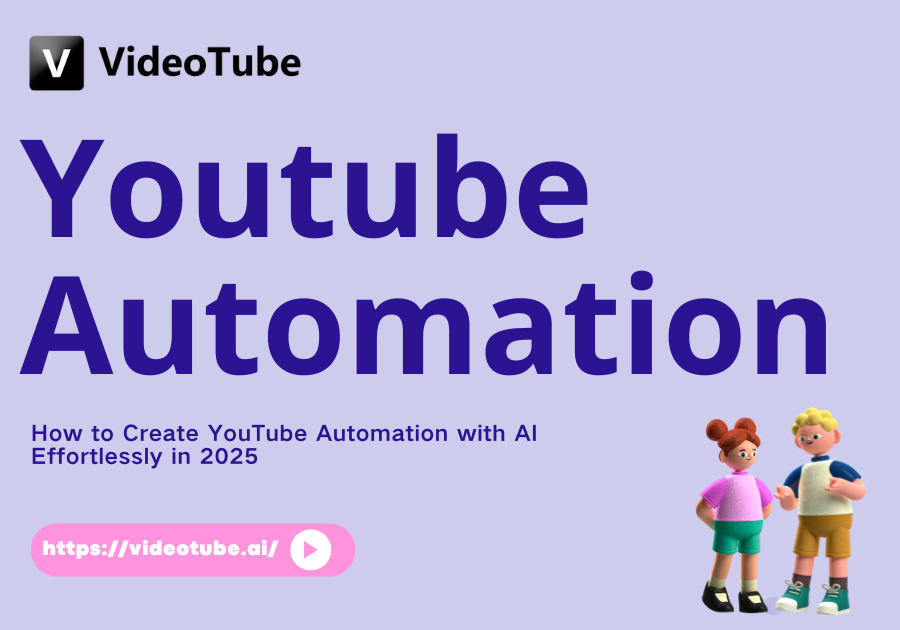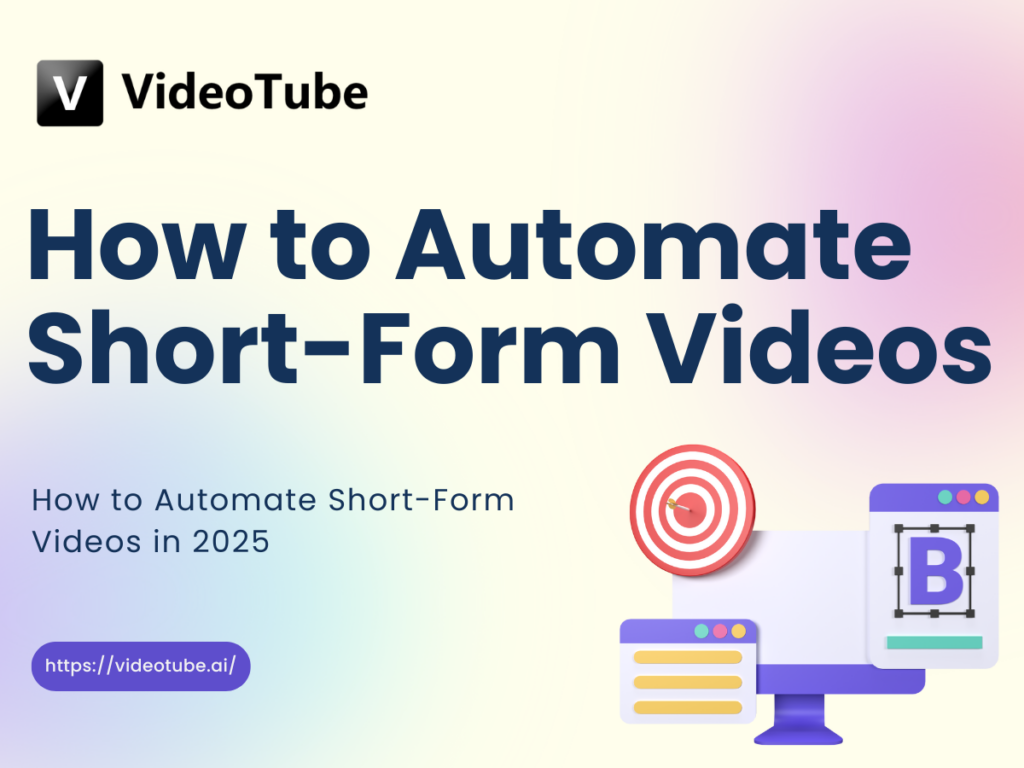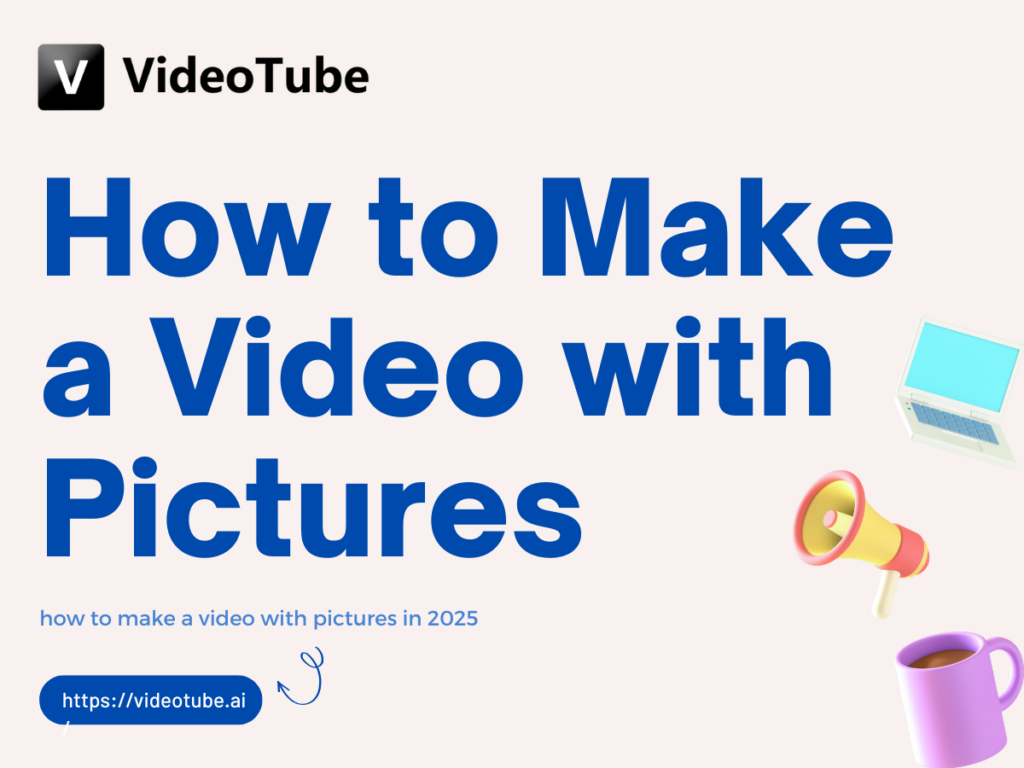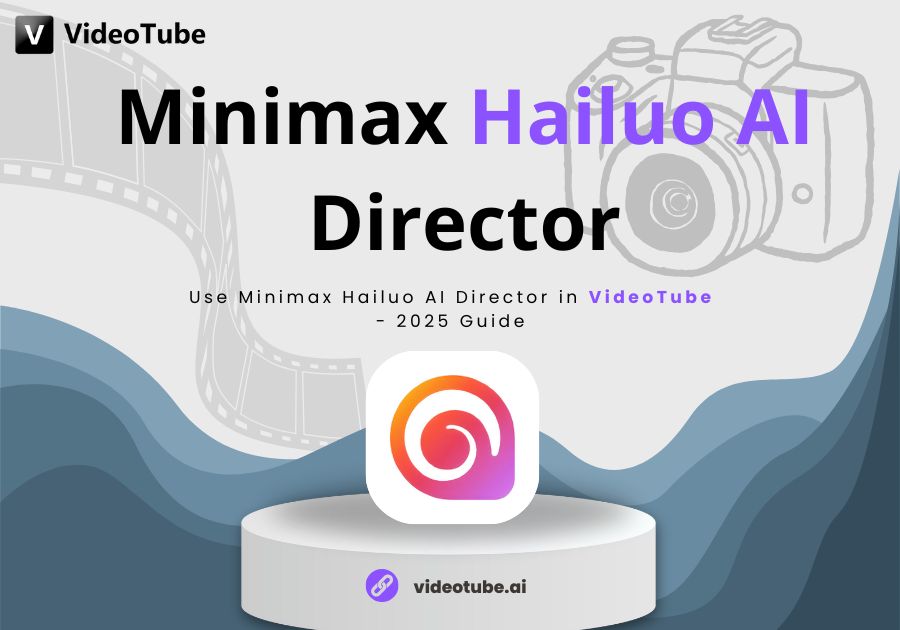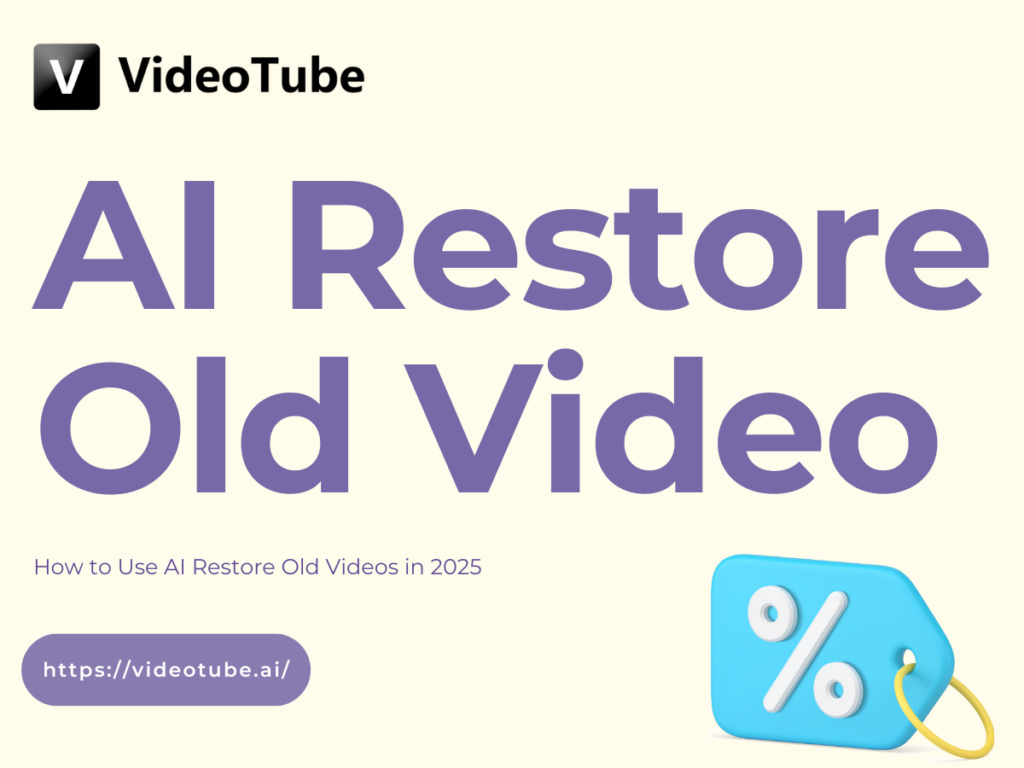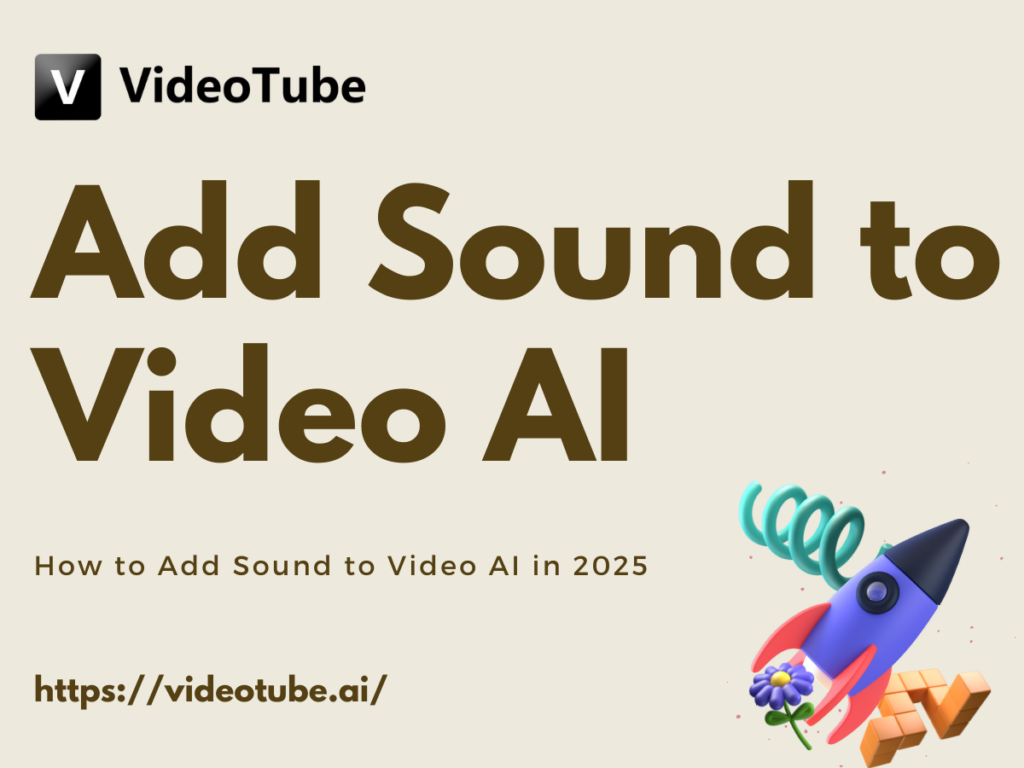How to Enhance Your Video with AI Lip Sync in 2025
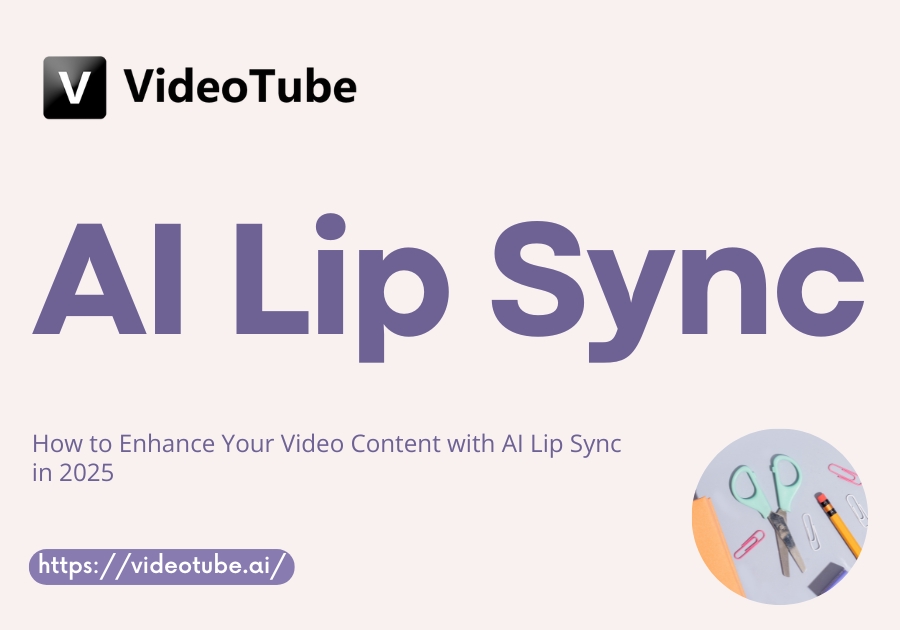
What is AI Lip Sync
Imagine watching a foreign film dubbed in your native language—but the lips on screen actually match the dialogue perfectly. No awkward mouth movements. No distracting desyncs. Just smooth, natural conversation. That’s the magic of AI lip sync.
AI lip sync refers to the use of artificial intelligence—typically powered by machine learning and deep neural networks—to automatically match the movement of a character’s or person’s lips to spoken audio. This can be in real time or during post-production. Unlike manual methods, which are painstaking and time-consuming, AI lip sync technology automates this entire process, delivering high-precision results with less effort.
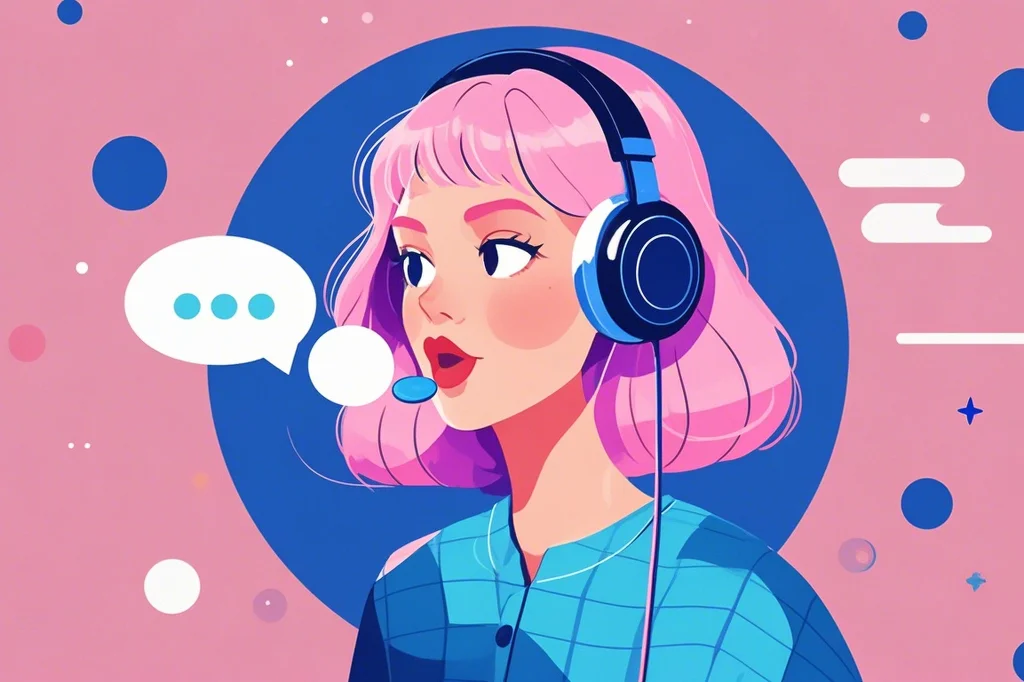
How the AI Lip Sync Works
So, how exactly does this sorcery work?
At its core, AI lip sync systems use audio input—typically speech or dialogue—and generate corresponding mouth movements by predicting visemes (visual phonemes). These systems are trained on massive datasets of video and audio clips, learning how lips naturally move with every consonant, vowel, and inflection.
Here’s a simplified breakdown:
- Audio AnalysisThe AI listens to the audio track and breaks it down into phonemes—basic units of sound in speech.
- Viseme MappingUsing pre-trained models, the AI maps each phoneme to a viseme—a visual representation of a mouth position.
- Motion GenerationThe system generates realistic mouth and jaw movements in sync with the speech, adjusting for timing, emphasis, and emotion.
- RenderingThe lip movements are applied to characters or avatars, either in 2D or 3D, in real time or rendered out during post-processing.
Some platforms like VideoTube even allow for real-time lip syncing during live streams, using webcams and voice input to animate avatars on the fly.
It’s a blend of science, art, and a touch of digital wizardry.
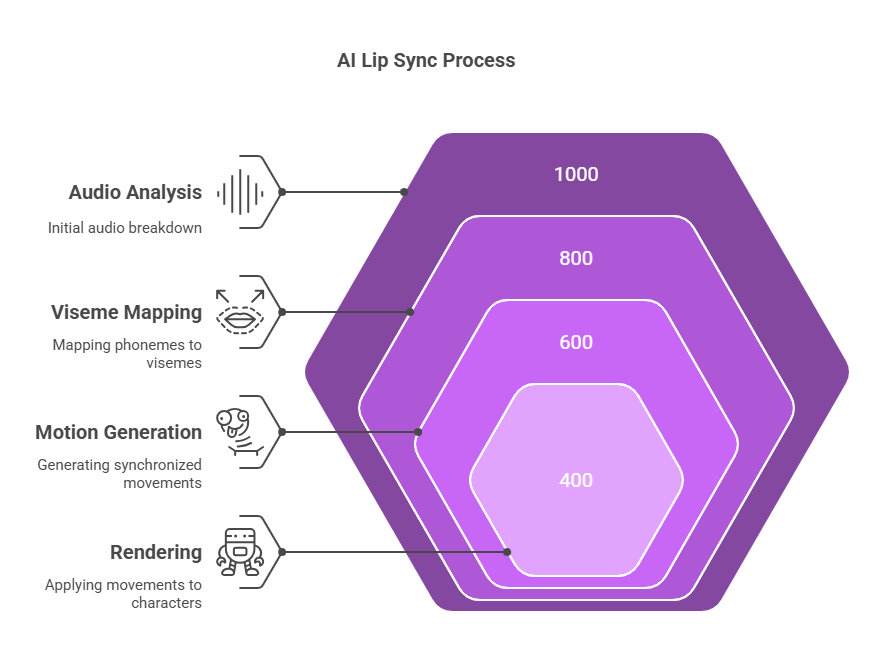
Benefits of Using AI for Lip Syncing
Let’s face it—traditional lip syncing is a total slog.
Manual animation or video dubbing can take hours for just a few minutes of footage. Syncing lips frame-by-frame? No thank you. That’s where AI lip sync swoops in like a superhero with a jetpack—fast, accurate, and surprisingly intuitive.
Here are some key benefits:
- Drastically reduced production time
- High consistency and accuracy
- Support for multiple languages
- Real-time syncing for live streaming
- Accessibility for non-technical users
Let’s unpack a few of those perks below.
Time-Saving in Video Production
Creating content used to be like running a marathon with bricks in your backpack. Between writing scripts, recording audio, editing visuals, and syncing lips, it often took days to produce just a few minutes of polished video.
But now? AI lip sync turns that marathon into a brisk jog.
With AI doing the heavy lifting, video creators can focus on the creative part—scripting, storytelling, and editing. The time you’d normally spend fine-tuning jaw positions or manually adjusting frames can now be used to generate more content, faster.
Let’s say you’re a content creator on VideoTube. You can record your voiceover, drag and drop it into the editor, and within seconds, your avatar starts talking—mouth movements perfectly matched to your speech. That’s the power of automation.
No wonder so many influencers, YouTubers, and educators are flocking to this tech.
Enhancing Animation Quality
Remember those old cartoons where characters’ mouths flapped like fish out of water, barely matching the words? Yeah, we’ve come a long way since then.
AI lip sync doesn’t just save time—it makes everything look better.
Because the models are trained on massive datasets, they understand subtle nuances like:
- Mouth shape variation based on accent or emotion
- Timing adjustments for fast vs. slow speech
- Integration with facial expressions and eye movement
The result? Hyper-realistic animations that feel authentic and engaging. Viewers are more likely to trust the message, enjoy the content, and share it.
In high-quality animated films or virtual influencers, lip syncing can make or break believability. Thanks to AI, we now have tools that rival professional studios—right from your laptop.
Empowering Multilingual Dubbing
Ever tried watching a dubbed film where the characters’ mouths clearly don’t match what’s being said? It’s jarring—and often unintentionally hilarious. That’s where AI lip sync takes center stage in multilingual dubbing.
Instead of generic mouth flaps or off-timed animation, AI-driven dubbing ensures that the characters appear to actually be speaking the new language. It’s like watching a magic trick—one where technology rewrites reality without you even noticing.
AI lip sync enables creators to:
- Seamlessly dub content into multiple languages
- Maintain emotional integrity across voice actors
- Reduce time and cost by eliminating manual sync adjustments
Let’s take an example. A Japanese anime is dubbed in French. The AI analyzes the French voiceover, predicts the correct visemes, and modifies the character’s mouth movements accordingly. Voilà! Now the anime looks like it was originally made in French.
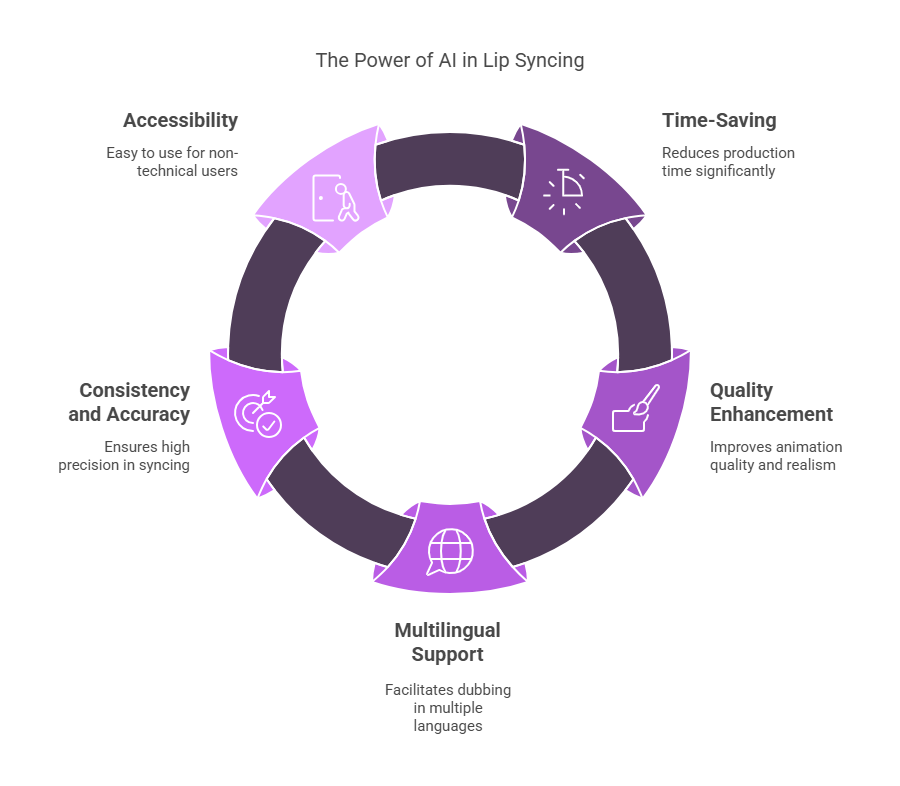
Top AI Lip Sync Tools in 2025
We’re living in the golden age of creative tools, and AI Talking Photo software is no exception. If you’re wondering where to start, here are some of the top tools in 2025 that are shaping the future of video production:
VideoTube
VideoTube is more than just a video editor—it’s a full AI-powered creative suite. Known for its seamless avatar lip sync feature, VideoTube allows creators to:
- Upload audio and instantly generate lip-synced animations
- Live stream with real-time face tracking and lip sync
- Localize content for international markets with AI dubbing
It’s a top choice for YouTubers, VTubers, and educators who want fast, high-quality results with minimal fuss.
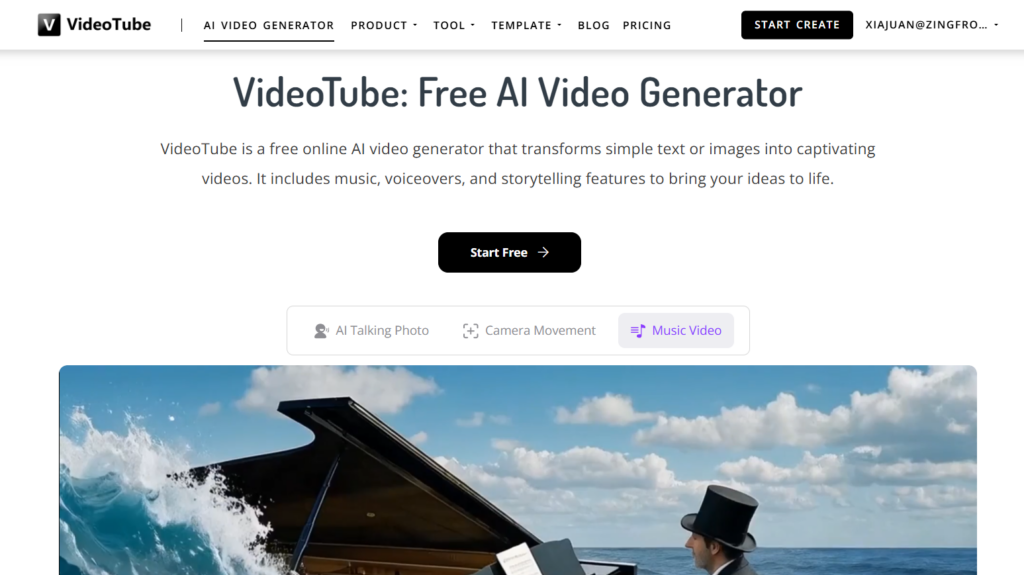
Papagayo-NG
Open-source and versatile, Papagayo-NG offers advanced features for lip sync editing in both 2D and 3D environments. It’s a favorite among animators and indie studios.
Adobe Character Animator
Adobe’s powerhouse tool provides real-time facial motion capture and lip sync, making it great for storytelling, animation, and live streams.
Synthesia
Perfect for corporate training and marketing, Synthesia creates AI avatars with multilingual lip sync. It’s ideal for teams producing professional-looking videos without a camera crew.
How to Enhance Your Video Content with AI Lip Sync in 2025
Creating high-quality video content that engages viewers is no longer just about having great visuals or compelling stories. In 2025, the AI lip sync revolution is elevating how creators bring their content to life by seamlessly synchronizing speech with mouth movements in real-time, creating a polished, professional look.
Whether you’re an animator, a content creator, or a marketer, integrating AI Talking Photo into your video workflow can boost the production quality and audience engagement. Here’s how AI lip sync can enhance your video content:
Achieve Realistic Lip-Syncing for Animated Characters
Animation has always been a powerful way to tell stories, but until recently, animators had to manually sync character mouths to dialogue, a time-consuming process that could take hours for even the shortest clips.
In 2025, AI lip sync technology takes care of the heavy lifting, transforming this painstaking task into something instantaneous. AI models analyze audio files, identify phonemes (the smallest units of sound), and automatically adjust the character’s lip movements to match the dialogue with incredible accuracy.
For animators, this means more time for creative tasks and less time spent on repetitive, technical work. With AI-powered lip sync, even small studios can create content that looks as smooth and polished as big-budget animations.
Streamline Multilingual Content Creation
One of the most significant advantages of AI lip sync is its ability to help creators easily adapt content for global audiences. Traditionally, when dubbing a video into another language, the challenge was ensuring that the mouth movements matched the newly recorded dialogue.
With AI, dubbing becomes faster and more accurate. AI Talking Photo analyzes both the original and translated dialogues and adjusts the mouth movements accordingly, keeping the animation or video in sync with each new language. This is a game changer for multilingual content creation, allowing you to scale your videos across markets with minimal effort.
For example, if you’re creating educational videos or corporate training content, AI lip sync ensures that your multilingual audience will see a video that feels native to them, without the awkwardness of poorly synced mouths.
Save Time and Increase Efficiency
Creating high-quality video content often involves long hours of editing, post-production, and fine-tuning. With AI lip sync, you can significantly reduce the time spent on manual adjustments, making the entire video production process faster and more efficient.
Instead of tweaking each frame of animation or re-recording voiceovers to match lip movements, AI takes over, automatically adjusting in real-time. This is especially helpful when dealing with long videos or videos with multiple characters, where manual lip syncing would take an enormous amount of time.
For YouTubers, marketers, and content creators on platforms like VideoTube, this means you can focus on more important aspects of content creation, such as crafting your narrative, enhancing visuals, and engaging with your audience.
Elevate Video Quality with Real-Time Animation
If you’re creating live stream content or interactive videos, AI lip sync can be a game-changer. Real-time animation and mouth-syncing allow you to interact with your audience while maintaining a professional appearance. Whether you’re a VTuber, a gamer, or an educator, real-time lip sync ensures that your animated character is aligned with your voice in a way that feels dynamic and authentic.
Platforms like VideoTube offer real-time synchronization, which is perfect for virtual events, live shows, or even educational courses. No more awkward pauses or lag—everything works seamlessly in sync as you interact with your audience.
By using AI lip sync, creators can enhance the authenticity and immersion of their live streams, making them more engaging and professional.
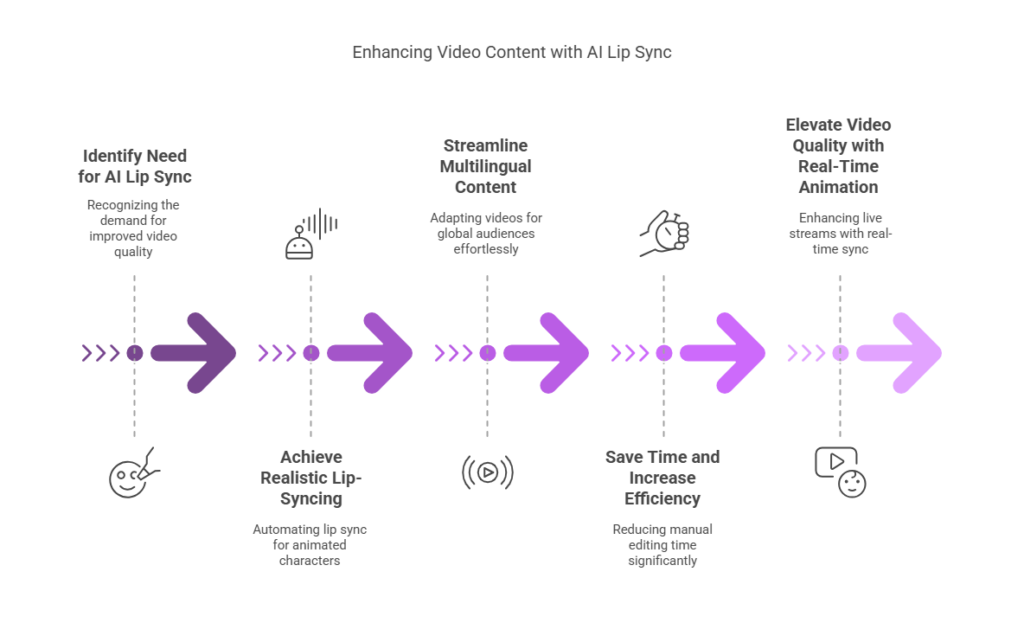
How to Integrate AI Lip Sync into Your Workflow
AI lip sync technology has rapidly evolved into a powerful tool for creators, marketers, educators, and entertainers alike. The best part? You don’t need to reinvent your entire creative process to use it. Think of it as plugging in a new, smart component that enhances what you're already doing. Whether you're crafting animated explainer videos, VTuber streams, or language learning content, here’s how you can seamlessly fold AI lip sync into your daily production workflow.
Step 1: Choose the Right Tool
The first and most important step is selecting a tool that fits your needs, skill level, and content type. The landscape of AI lip sync platforms is growing, with different tools offering different levels of control, animation quality, and integrations.
- For Animators: Tools like Adobe Character Animator or Reallusion's iClone with AccuLips offer powerful controls and advanced timelines.
- For Marketers and Educators: Platforms like Synthesia or D-ID allow you to create talking-head videos from just text and a voiceover—perfect for product demos or training content.
- For YTubers and Streamers: Consider beginner-friendly software like VideoTube or Animaze, which offer real-time lip sync with customizable avatars.
- Start with a free trial or demo version to see which tool best fits your workflow before committing.
Step 2: Record High-Quality Audio
AI lip sync is only as good as the audio you feed into it. A low-quality recording will limit the tool’s ability to generate realistic and expressive mouth movements.
- Use a decent microphone: Avoid built-in laptop mics; opt for a USB or condenser mic for clarity.
- Eliminate background noise: Record in a quiet environment and consider using noise reduction plugins in post-processing.
- Be expressive: AI can replicate natural speech rhythms and emotional tones, but only if those elements are present in your voice.
- Remember: Good audio is not just about clarity—it’s about character.
Step 3: Upload and Sync
Once your audio is ready, upload it to your chosen platform along with your avatar or character model. Most AI lip sync tools automatically analyze the voice track and generate corresponding mouth shapes (visemes) in real time or within minutes.
- Character setup: Some tools allow you to import 2D or 3D models; others provide customizable templates.
- Fine-tune the sync: You’ll usually get options to adjust timing, add blinking or eyebrow movements, and refine lip sync manually if needed.
- Batch processing: Some platforms support syncing multiple voice clips to multiple characters, saving time in large-scale productions.
Explore automation features if you’re working on series-based content or need to produce videos at scale.
Step 4: Export and Edit
With your lip-synced animation complete, it’s time to bring it into your broader video workflow.
- Export options: Most tools support MP4, MOV, or image sequence formats, which can easily be imported into editors like Adobe Premiere, Final Cut Pro, or DaVinci Resolve.
- Enhance with visual effects: Add subtitles, transitions, music, and other overlays to make your final video more dynamic.
- Match audio and visuals: Ensure your lip sync timing aligns with the rest of your footage, especially if you're mixing AI-generated clips with live-action or other animated elements.
Think of this step as adding the final polish that turns your raw animation into a finished production.
Step 5: Publish and Share
Once your video is fully edited and rendered, it’s time to publish and let your audience enjoy the results.
- Choose your platform: Whether it’s YouTube, TikTok, LinkedIn, or your company LMS, distribute the video where your audience is most active.
- Write a compelling caption: Don’t just upload—optimize your post with engaging text, hashtags, and a call-to-action.
- Track performance: Monitor metrics like watch time, engagement, and shares to see how the improved visuals are resonating.
Even if viewers can’t articulate it, they’ll feel the upgrade in quality—and it’ll reflect in how they respond to your content.
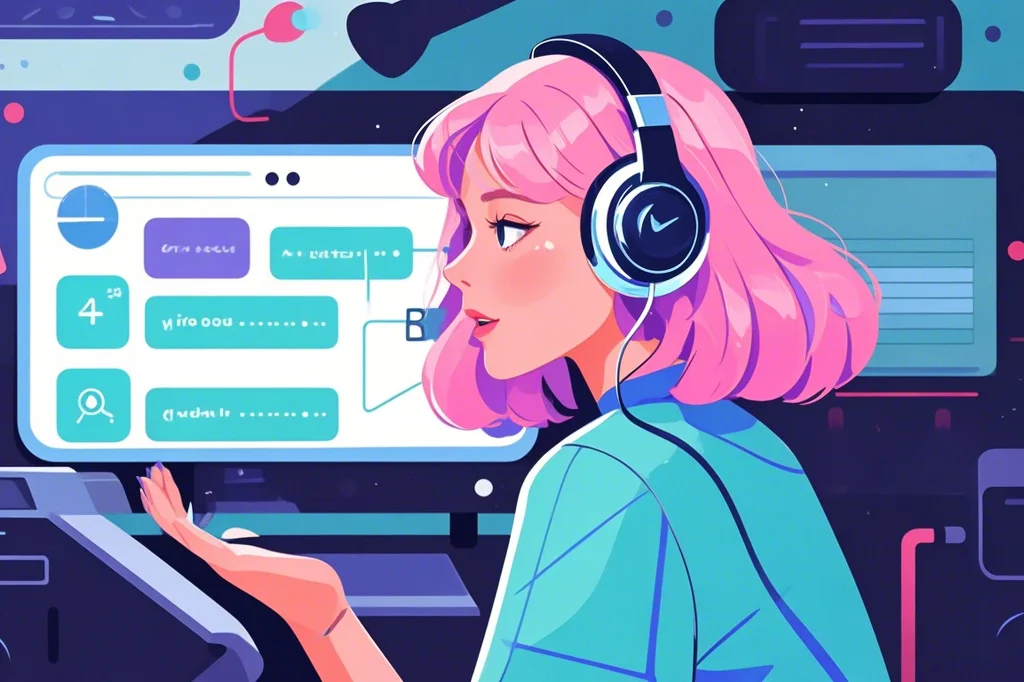
Conclusion
AI lip sync has moved from futuristic novelty to an everyday tool in the video creator’s toolbox. Whether you’re an animator breathing life into characters, a language educator localizing content across cultures, or a YouTuber trying to stand out from the noise, AI lip sync can completely transform your workflow.
